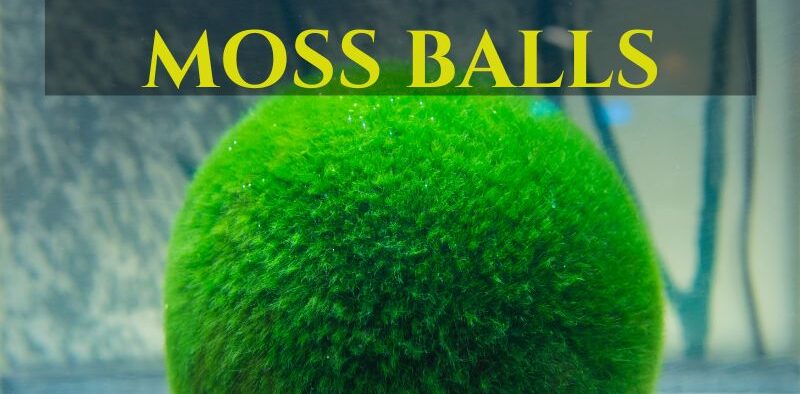How to Dispose of Moss Balls to Protect Environment
Share

Moss balls, those fluffy green spheres popular in aquariums, can unfortunately harbor a hidden danger: zebra mussels. Zebra mussels are invasive pests that can wreak havoc on waterways, harming ecosystems and infrastructure. PetsWeekly covered this serious threat last year, but at that time, resources for disposal were not available. This guide will show you how to properly dispose of moss balls potentially containing zebra mussels and prevent their spread.
What are Zebra Mussels and Why Are They a Threat?
Zebra mussels are small, striped mollusks native to Eurasia. However, they are becoming widespread in the United States and it’s important that we do what we can to keep them out of our water. They attach themselves to surfaces in freshwater environments, reproducing rapidly and forming dense colonies.
These colonies can clog pipes and damage boats, but the most significant threat is their impact on the environment. Zebra mussels filter large volumes of water, disrupting the food chain and harming native species.
Moss Balls and Zebra Mussels: An Unwanted Combination
Moss balls, typically a type of algae called Aegagropila linnaei, are often imported and can unknowingly carry zebra mussel larvae. These tiny larvae are invisible to the naked eye but can establish themselves in new water bodies if released from the moss ball.
Taking Action: Responsible Disposal and Treatment
This detailed guide from U.S. Fish & Wildlife provides clear instructions for disposing of moss balls and treating aquariums or water gardens that may have been exposed to zebra mussels. By following these steps, you can help prevent the spread of this invasive species and protect our waterways!
Important Information
- Moss balls may contain invasive zebra mussels.
- Zebra mussels can harm waterways and ecosystems.
- Dispose of moss balls responsibly following these guidelines.
For Customers/Hobbyists
- Dispose of Moss Balls:
- Freeze for 24 hours in a sealed bag.
- Boil for 1 minute.
- Soak in diluted bleach (1 cup per gallon) for 10 minutes.
- Soak in undiluted white vinegar for 20 minutes.
- Bag and Trash Moss Balls: After treatment, place moss balls and packaging in a sealed plastic bag and throw them away.
- Liquid Disposal: Pour leftover bleach or vinegar down a household drain, not a storm drain.
- Aquarium with Moss Balls:
- Isolate invertebrates in a separate tank.
- Treat aquarium with Potassium Chloride (KCl) following instructions (consult a pet store for details).
- Clean aquarium and accessories with boiling water or bleach solution (follow manufacturer recommendations).
- Restart aquarium with new filter media and beneficial bacteria starter.
For Retailers
- Stop selling moss balls until a safe trade method exists.
- Dispose of moss balls following customer instructions.
- Treat holding systems with KCl if used for moss balls.
- Implement safety measures for KCl handling.
For Suppliers
- Stop importing, buying, and selling moss balls.
- Dispose of moss balls following customer instructions.
- Clean tanks used for moss balls following retailer instructions.
For Water Gardens
- Dispose of moss balls following customer instructions.
- Treat water gardens with KCl following instructions (consult a pet store for details).
- Clean accessories with boiling water or bleach solution (follow manufacturer recommendations).
Still have questions?
- State aquatic invasive species agency for questions.
- Local pet store for aquarium restart advice.










